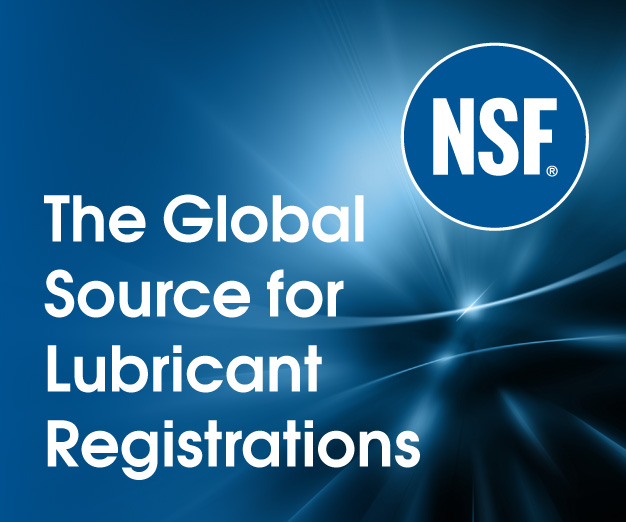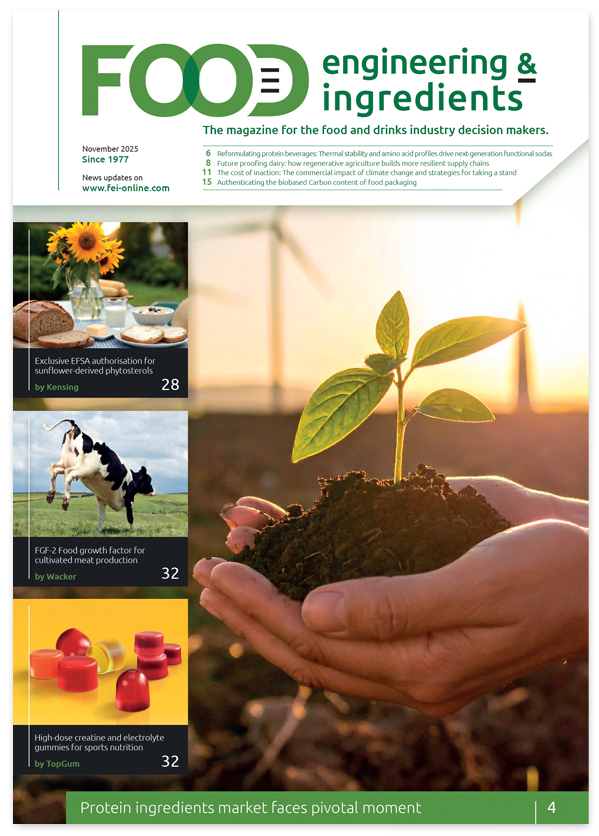Quantitative analysis of food packaging by Thermal Desorption–GC–MS method
This application note demonstrates quantitative analysis of food packaging samples by thermally desorbing the sample into a GC-MS.
By Xiaohui Zhang
Introduction
Food packaging is used to protect food against microbiological, chemical and physical contamination. However, the interactions between the food packaging and the content may actually lead to alterations in the food quality. Two types of such interactions have been extensively studied as (1) migration of substances from packaging to food [1,2], where organic compounds, such as adhesive, ink solvent, plasticisers, photoinitiators, perfluorochemicals, leached from the container into the content, and (2) scalping by the packaging [3], where the flavour and antioxidant in the food are absorbed by the container.
In this application note, various types of food packaging samples were tested against a list of volatile organic compounds (VOCs) that are either known as compounds that may migrate into food or flavour additives that were adsorbed by the packaging. The analysis was performed on a CDS 7550S thermal desorber that was connected to a GC-MS.
Experiment setup
Six food packaging samples were cut from two different brands of chocolate, one sandwich cookie, one instant noodle, one potato chips, and one energy bar. All samples had the same dimension as 1” x 1”. Each sample was individually weighed and folded into a ”OD x 3.5” L empty quartz tube (Camsco, Houston, TX). Then each tube was loaded into the 7550S thermal desorber, purged at 35 °C with purging gas to remove air, and sequentially heated at 60 °C for 10 minutes to release VOCs, which were collected onto a 1/8” x 115 mm inert coated refocusing trap packed with Carbograph 1 60/80 and Carbograph 5 60/80. The trap was heated at 300 °C for 3 minutes to transfer all the analytes to a Shimadzu GC-MS QP-2010 for analysis.
Results and Discussions
Figure 1 (a-f) showed the total ion chromatogram of VOCs from six food packaging samples, which had dramatically different composition.
These varieties of VOCs were grouped as migration of substances from packaging to food shown in Table 1, and scalping by the packaging summarized in Table 2. Table 1 was further categorized into three subgroups as adhesive, ink solvent and plasticizer. Table 2 was also sorted into subgroups as antioxidant, flavour, flavour solvent and surfactant.
Among the detected compounds in Table 1, styrene, phthalates, Txib, diacetone alcohol and 1-(2-methoxypropoxy)-2-Propanol all have direct impact on human health and quantification is required as part of the food safety regulation.
Figure 2 showed a 6-point calibration curve by spiking 1 ng, 2 ng, 5 ng, 10 ng, 25 ng and 50 ng styrene standards into a thermal desorption tube packed with Tenax and desorbed under the same condition by 7550S into GC-MS. Based on the calibration curve, the styrene in the sandwich cookie bag was quantified as 3.3 ppm.
Conclusions
Six food packaging samples were analyzed quantitatively by thermal desorption method on the VOC contents. The CDS 7550S thermal desorber was demonstrated as a useful tool in investigating the migration and scalping processes for the food industry.



